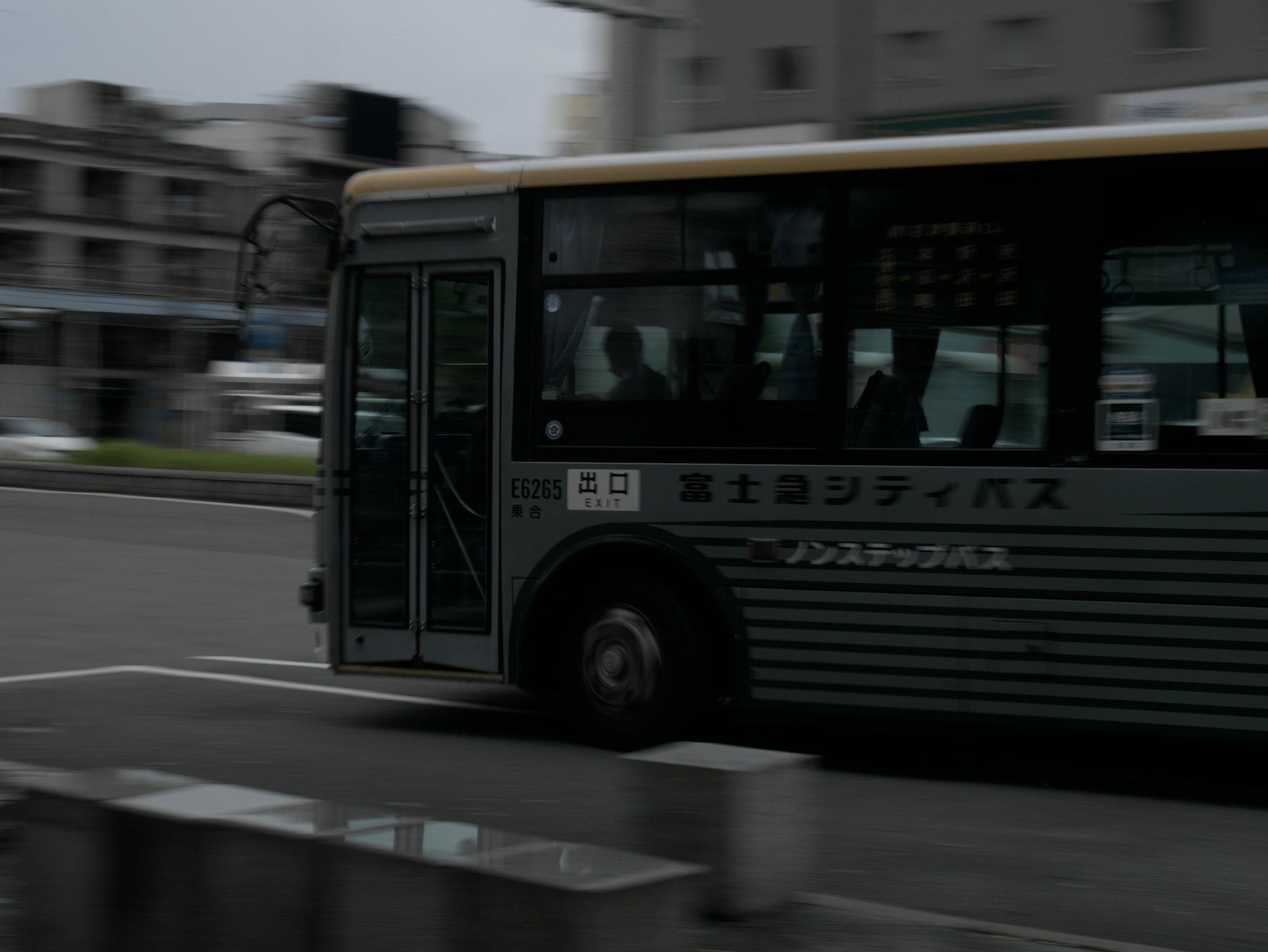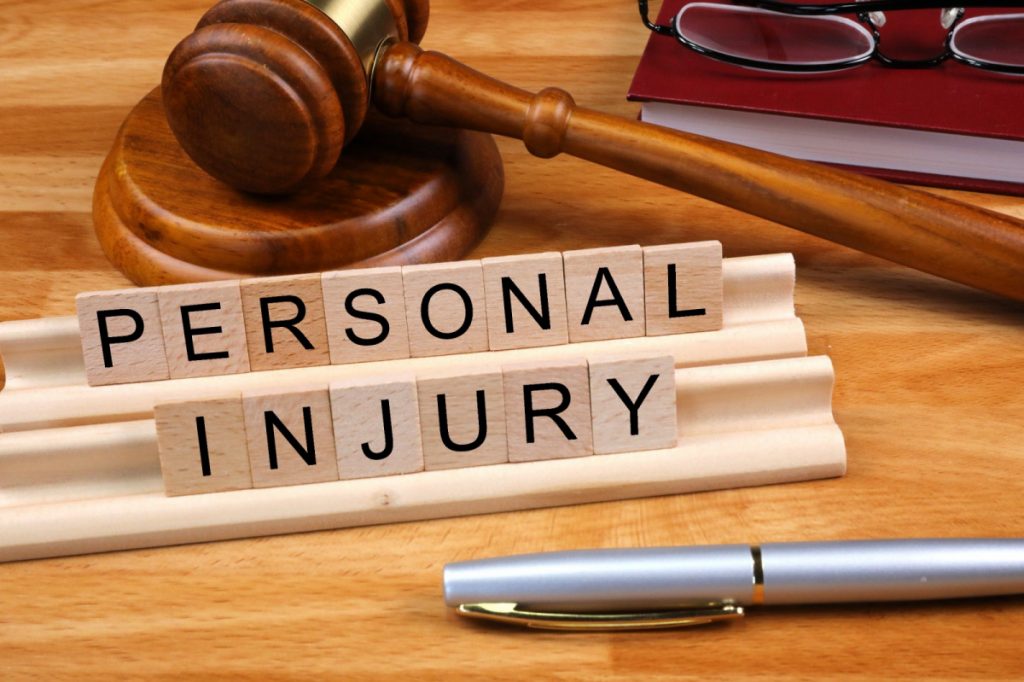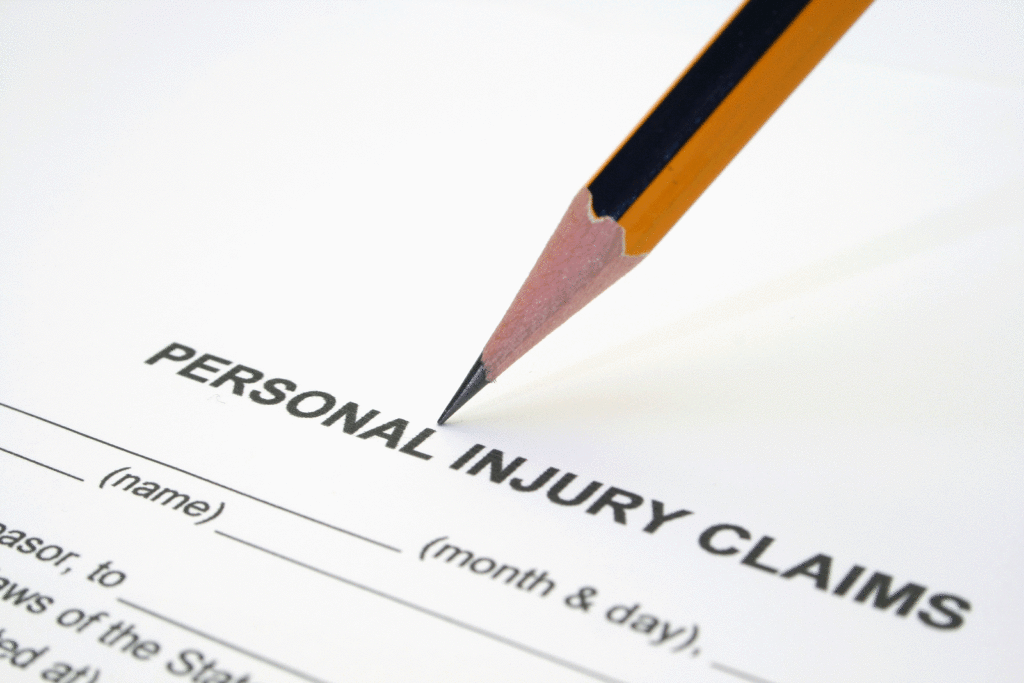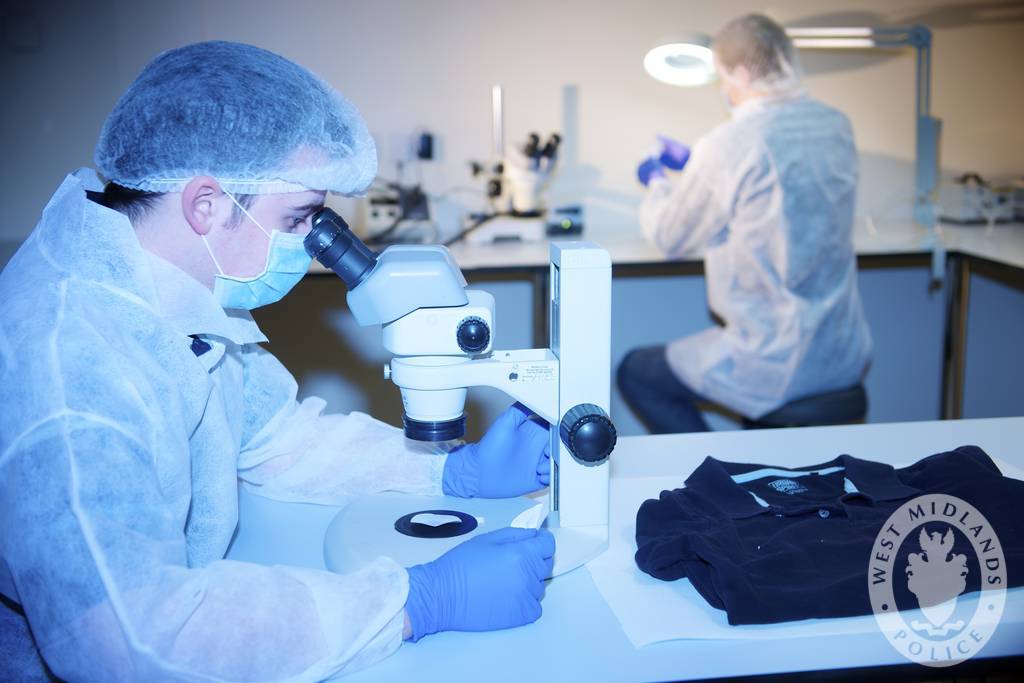Now Reading: The Lasting Impact of Catastrophic Injuries in Public Transit Accidents
-
01
The Lasting Impact of Catastrophic Injuries in Public Transit Accidents

The Lasting Impact of Catastrophic Injuries in Public Transit Accidents
Catastrophic injuries caused by bus or other public transit accidents can permanently alter the course of a person’s life. Spinal cord damage, traumatic brain injuries, and severe burns often result in long-term care needs, requiring survivors to adjust to a new reality that affects their health, independence, and financial stability.
For many victims, navigating this path is overwhelming, which is why securing fair compensation through legal action becomes an essential step in ensuring access to necessary resources. According to https:/www.anderson-cummings.com/practice-areas/fort-worth-bus-accident-lawyer, Attorneys play a critical role in this process by evaluating both current and future costs of care, building a foundation for lasting recovery and stability.
The Lifelong Impact of Spinal and Brain Injuries
Physical Consequences
Spinal cord injuries are among the most devastating outcomes of public transit accidents. Depending on the severity, victims may face partial or complete paralysis, which significantly restricts mobility and independence. Daily tasks that once seemed effortless can require assistive devices, modifications to the home, or specialized medical care. Rehabilitation often includes years of physical therapy to preserve strength and maximize independence.
Traumatic brain injuries (TBIs) bring their own set of challenges. Victims may struggle with memory loss, difficulty concentrating, or impairments in speech and motor coordination. In serious cases, traumatic brain injuries can change a person’s personality, disrupt emotional control, and hinder their ability to participate in social or professional activities. The interplay of physical and cognitive challenges underscores the complex and multifaceted care required during recovery.
Emotional and Psychological Effects
A catastrophic injury brings changes that go far beyond the physical. Many survivors struggle with depression, anxiety, or PTSD. The emotional weight of losing independence or adjusting to new limits can be just as hard to bear as the injury itself. That’s why treatment has to focus on both the mind and the body. Support through therapy, counseling, and peer groups can make a real difference in helping people regain confidence and rebuild a sense of normal life.
Long-Term Care and Rehabilitation
Recovery from a catastrophic injury isn’t something that happens in a few weeks or months—it can last a lifetime. Many survivors need ongoing medical care, from regular therapy to complex surgeries. Daily life may also depend on specialized equipment like powered wheelchairs, prosthetics, or other adaptive tools. Rehabilitation programs, occupational therapy, and long-term physical care play a vital role in supporting recovery.
But medical treatment alone isn’t enough—community resources, family support, and caregivers are just as important in helping people reach the best quality of life possible. Because the costs of this care are often overwhelming, having a solid legal plan to secure financial compensation becomes essential.
Financial Implications and the Role of Compensation
Anticipating Long-Term Needs
Compensation after a catastrophic injury isn’t just about paying hospital bills. Survivors often face years—sometimes decades—of medical costs, lost wages, and the expense of modifying their homes to fit new realities. A fair settlement or verdict has to reflect these long-term challenges, not just the immediate aftermath.
Future Medical Costs
Estimating future medical needs requires teamwork between lawyers, doctors, and life care planners. Survivors may need more surgeries, ongoing therapy, specialized medications, or in-home health aides. Complications can also appear later, and if those aren’t accounted for, survivors risk being left without the support they need.
Adjustments to Daily Living
For many people, life after a catastrophic injury looks very different. Compensation must include the cost of everyday adjustments—things like renovating a home with ramps or wider doorways, updating bathrooms for accessibility, or purchasing modified vehicles. These changes aren’t luxuries; they’re what allow survivors to live with dignity and independence.
Building a Comprehensive Legal Strategy
A successful legal approach involves more than proving fault in an accident—it requires demonstrating the full scope of the injury’s impact on the survivor’s life. Attorneys often collaborate with doctors, rehabilitation specialists, and financial experts to construct a case that encompasses both immediate losses and long-term needs. By crafting a thorough and evidence-based claim, legal representatives ensure that victims are not left vulnerable years after the case is resolved.
This forward-looking approach can provide peace of mind, knowing that medical costs, home care, and quality-of-life adjustments are accounted for. It also empowers survivors and their families to focus on recovery rather than financial strain.
Conclusion
Catastrophic injuries caused by public transit accidents leave survivors facing profound physical, emotional, and financial challenges. From paralysis and traumatic brain damage to psychological distress and loss of independence, the effects are life-altering. While recovery may be an ongoing journey, securing proper compensation offers a vital foundation for stability.
With the help of experienced legal professionals, survivors can access the resources they need to rebuild their lives. Through strategic planning and a focus on both present and future needs, victims are better equipped to navigate the difficult road ahead and move forward with hope, dignity, and support. For further guidance, you may consult https:/www.anderson-cummings.com/practice-areas/fort-worth-bus-accident-lawyer.










